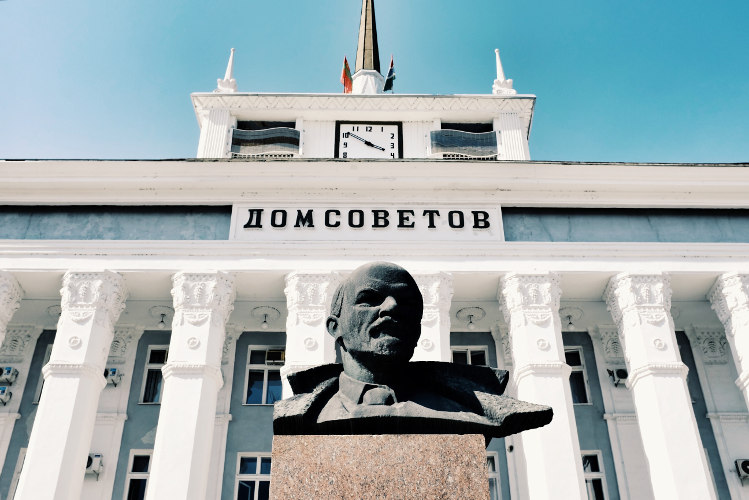
Most people will have scarcely heard of the republic of Transdniestr, a tiny semi-autonomous region wedged between eastern Moldova and Ukraine. This predominantly Russian-speaking province (or an independent country, depending on your point of view) forcibly split from Moldova in 1992, touching off a civil war that cost up to 700 lives. The split was never formally recognised by the international community, resulting in the formation of one of the world’s oddest political entities: a tiny land of scarcely half a million people, yet with its own government, border and currency. What’s more, the postwar freeze left intact a fossilised piece of the former USSR. With a quick dash across the Moldovan–Transdniestran line, visitors can revel in hammers and sickles and busts of Lenin that feel straight out of the history books.
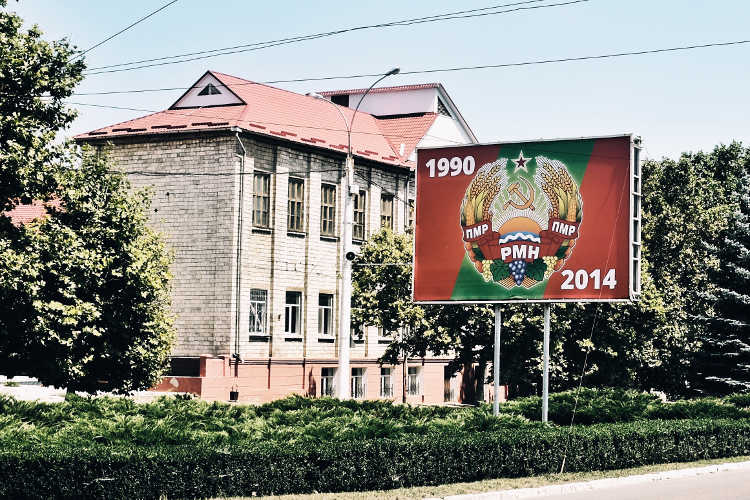
There are few traditional sights in Transdniestr. Instead, the thrill is to stroll the wide, orderly avenues of the capital Tiraspol, and take in the old-school Soviet vibe.
Start your exploration with a walk along central ul 25 Oktober, a stately boulevard whose broad proportions seem purpose-built for a May Day parade of tanks and soldiers. The name itself is a throwback to that fateful day in 1917 when Vladimir Lenin led his Bolsheviks to power in the city of Petrograd (later Leningrad and now St Petersburg). Other important streets around town bear the names of old Soviet luminaries such as Felix Dzerzhinsky (founder of the Soviet secret police), as well as old lefty favourites straight out of grad school – Karl Marx, Rosa Luxemburg and Karl Liebknecht.
For the best photos, head to the western end of ul 25 Oktober to the impressively pink Presidential Palace – where the government meets – with a towering statue of Lenin out front. Be discreet with the camera, however. More than once, we’ve been chased to the other side of the street by guards who probably suspect we don’t share the same revolutionary zeal. On the other side of ul 25 Oktober, look for the sombre and moving War Memorial and Tomb of the Unknown Soldier. Beside them you’ll find an eternal flame as well as an old Soviet tank adorned with the Transdniestran flag. From here, it’s a short walk east to the entity’s parliament, fittingly called the House of Soviets. The reward is another instant classic of a fierce-looking bust of Lenin (perhaps a wee bit peeved that his empire has shrunk down to tiny Transdniestr).
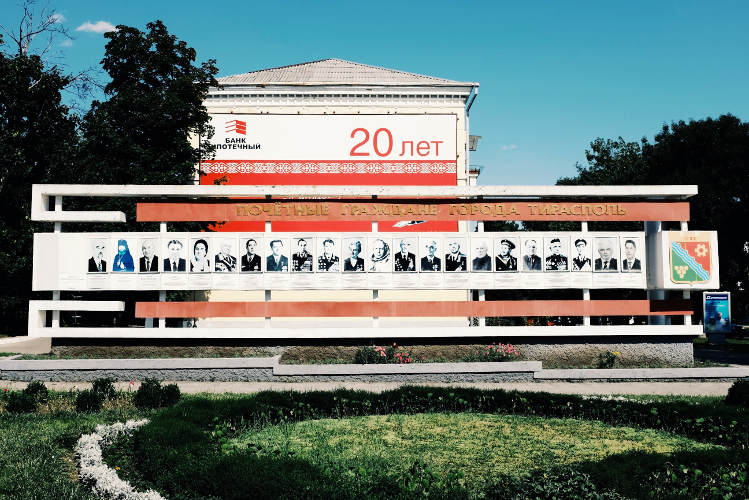
A couple of non-ideological sights are also worth taking in; they are sure to appeal to anyone regardless of political persuasion. In Tiraspol, the Kvint distillery has been producing excellent cognac (allegedly the favourite tipple of Soviet cosmonaut Yuri Gagarin) for more than a century. The distillery offers a range of tours and tastings but you must reserve in advance over the website.
In the nearby town of Bendery, an enormous, well-preserved Ottoman fortress harks back to a time – nearly five centuries ago – when this turf was hotly contested by Moldavians, Ottoman Turks and Russians. Once you pay your admission, you’re free to wander the fortress at leisure.
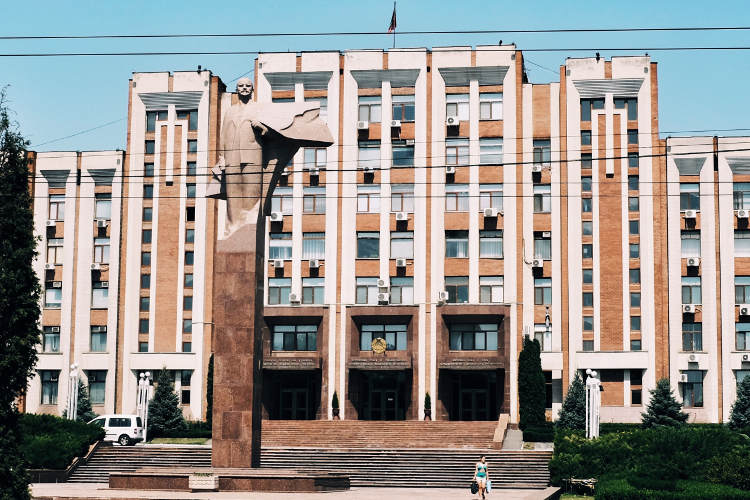
Tiraspol has its share of good places to eat but for our money, the borscht (beet soup) at Kumanyok is worth the journey alone. It’s a decent choice for either lunch or dinner, though you may have to reserve at lunch.
Another highly recommended place is Café Larionov (ul Karla Liebknechta 397; tel 533-47 562), a self-styled gastro pub named after Tiraspol's own avant-garde 20th-century painter Mikhail Larionov. Here, chefs try to recreate dishes that draw on cultural influences (Russian, Jewish, Moldovan) from Larionov's time, with an emphasis on soups and grilled meats. And beer, of course.
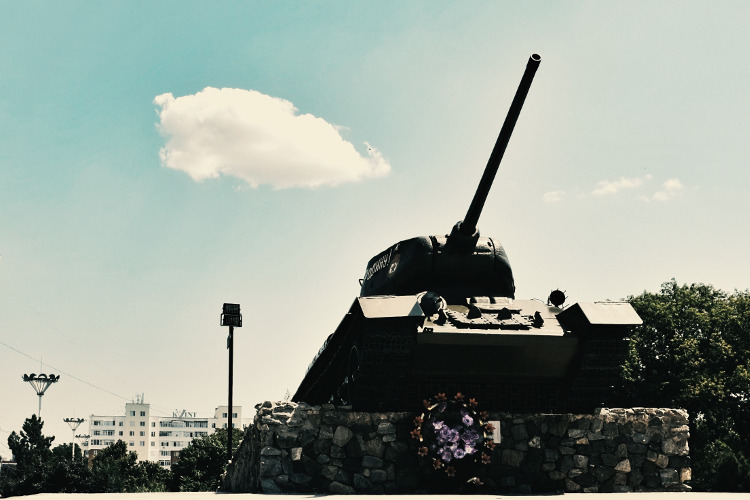
Even though Transdniestr is not formally recognised by any country, all visitors are required to show a valid passport. The process is fairly straightforward and takes about 15 minutes. Your passport is scanned and used to generate a paper called a ‘migration card’ that contains basic information such as name, nationality and date of birth. The card is free of charge and allows you to stay in Transdniestr for up to 10 hours. You’re required to keep this paper with your passport and surrender it on leaving (so don’t lose it).
The 10-hour timeframe should be sufficient for most day trips or for transit. If you plan on staying the night, you’ll have to register at the OVIR (ul Kotovskogo 2a; tel 533-55 047) office in Tiraspol. More upscale hotels will take care of the registration process for you.
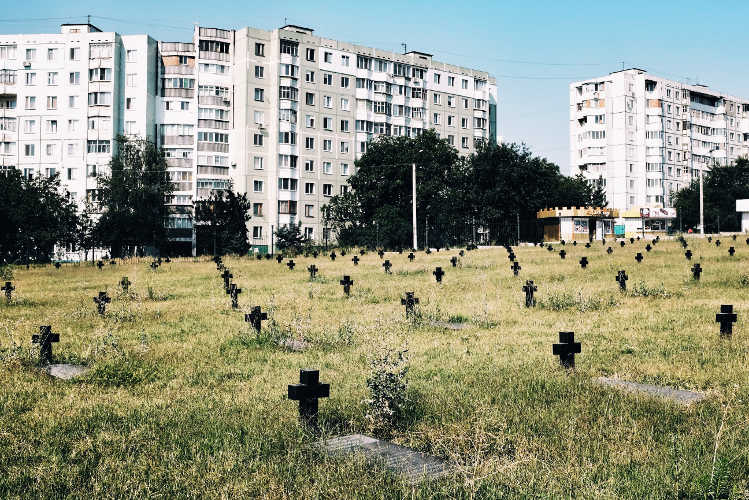
Because of the 10-hour limit on visits, most travellers treat Transdniestr as a day trip. If you’d like to spend the night, however, there are some decent choices. Hotel Russia is a clean and comfortable modern outfit. The staff speak English and the reception desk is happy to take care of the registration formalities for guests.
The Tiraspol Hostel occupies a converted hotel and offers oversized dorms and private rooms, as well as rare amenities (for a hostel), such as a pool and tennis courts. Another budget option is Marisha, a private accommodation and travel service offering a short-term furnished flat in Tiraspol.
Tiraspol is easy to reach by bus or train. Frequent buses make the trip from Chişinău’s central bus station in about two hours. The morning train from Chişinău to Odesa in Ukraine leaves at 7.20am and arrives in Tiraspol about two hours later.
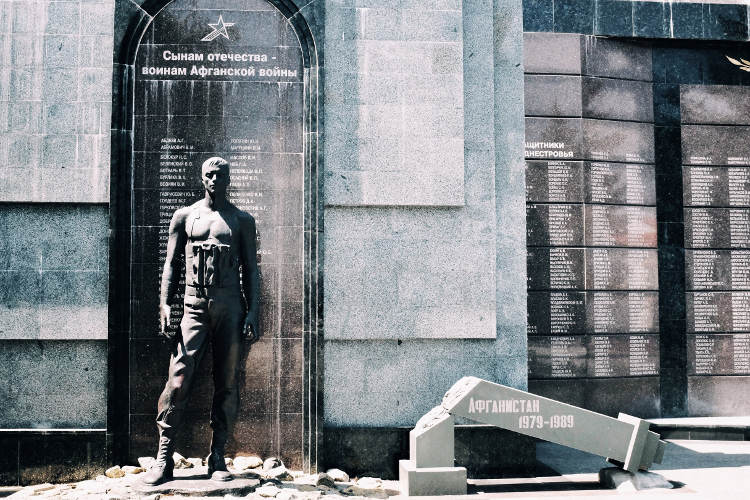
If you’d rather not have to sort out the logistics, several travel agencies offer Transdniestran tours. Transnistria Tour has created trips around themes such as Soviet monuments, brandy and football. Solei Tourism in Chişinău offers a guided day trip to Transdniestr called ‘USSR – 20 years after the breakdown’, which includes a cognac stop at Kvint as a reminder that not everything about the ‘bad old days’ was all that bad.